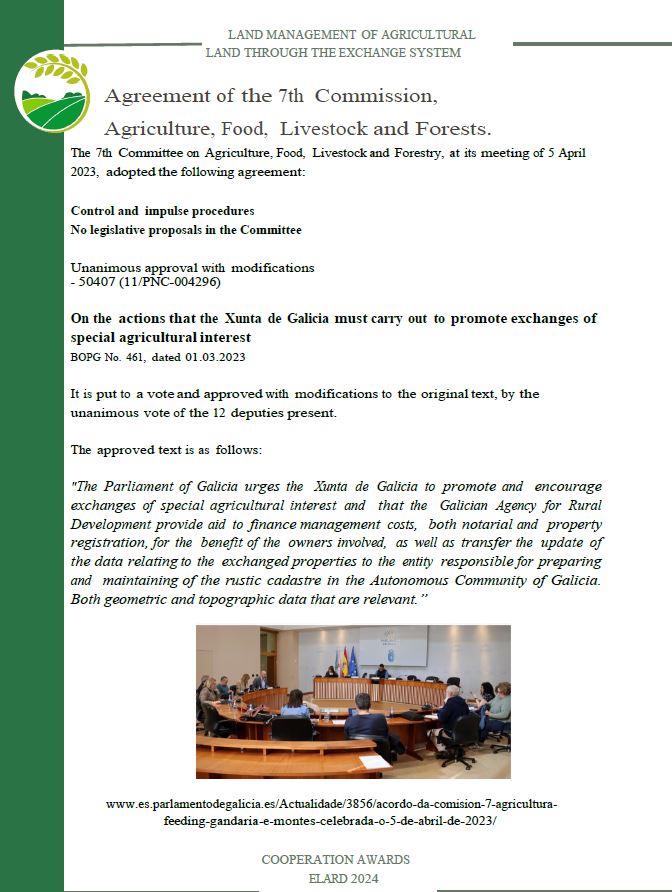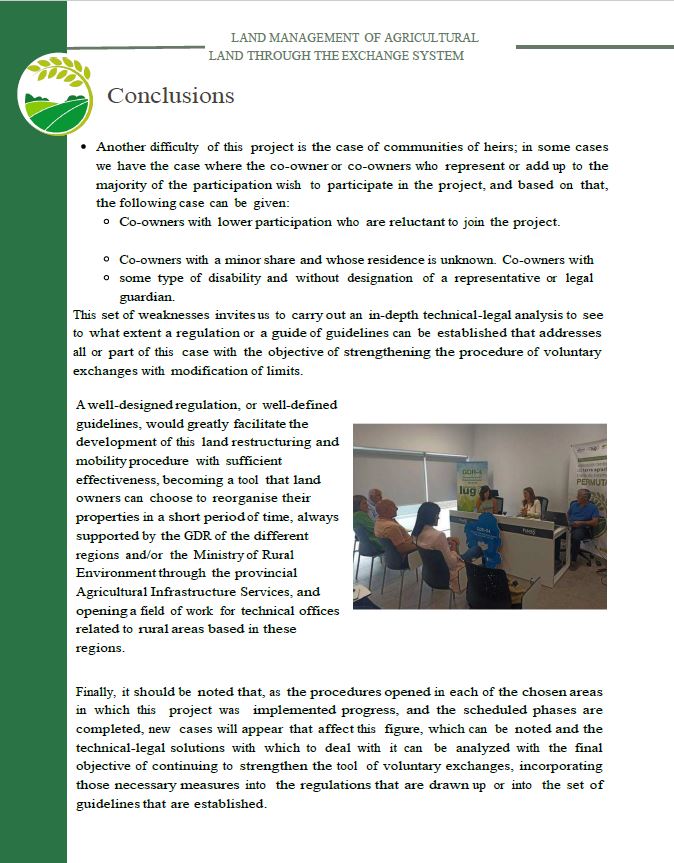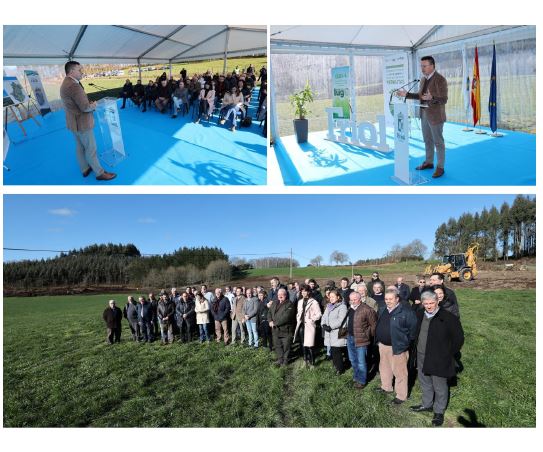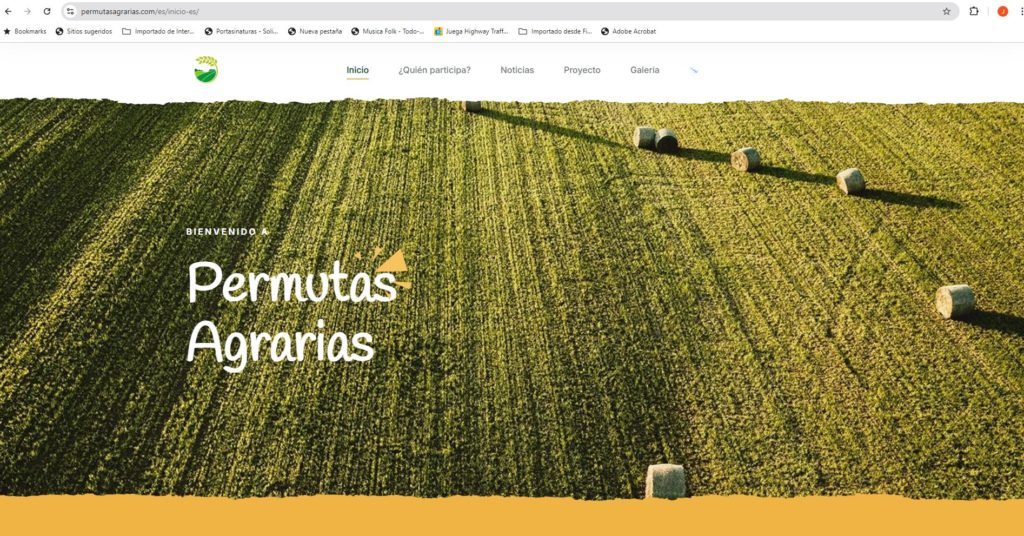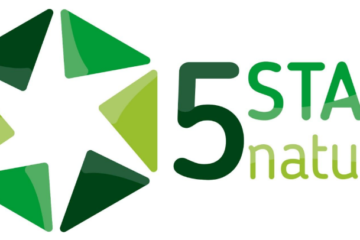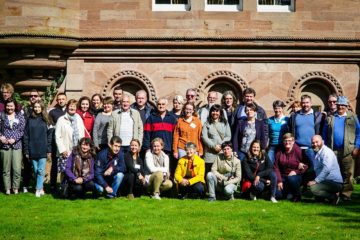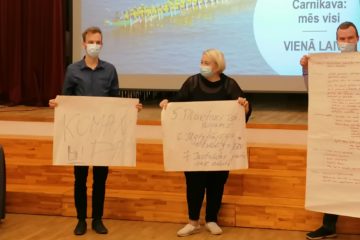LAND USE PLANNING FROM AGRICULTURAL LAND THROUGH THE SYSTEM OF EXCHANGES
Project n°22
INTRODUCTION
The mobilization of Terra Agraria in Galicia is one of the great challenges that our Autonomous Community has to improve rural production systems linked mainly to primary production, and therefore generate wealth in the territory, being one of the pillars to address the rural demographic challenge.
Following the approval of the Law on the improvement of the agrarian territorial structure of Galicia , where the figure of the “Exchanges with geometric modification “to promote the planning of agricultural areas of interest in an agile manner, the GDR 4 Region of Lugo In 2018, it began to develop, through its own funds, a Pilot Project that would, on the one hand, improve the productive agricultural planning of the parish of Nodar in Friol without having to resort to more complex procedures such as land restructuring, and on the other hand, use this PILOT to work jointly with the General Directorate of Rural Development, establishing a regulatory mechanism that would allow the application of these articles of the Law.
PRESENTATION OF THE PROJECT
This makes the procedure both quick and very economical, which does not require a large outlay of public funds.
Environmentally, this is a procedure that does not affect the territory of study, since it is only a modification of the existing boundaries, but in no case does it intervene on the landscape or affect environmental elements. It is therefore a figure that 100% respects the existing environment since it does not act on it, helping environmental sustainability, fighting against smallholdings which in itself entails a reduction in the carbon footprint produced mainly by fossil fuels.
From a sociocultural point of view, the project affects the improvement of neighborhood relations, which can usually be made difficult with other more interventionist tools. The Procedure is as we have been saying 100% voluntary which helps maintain relationships of agreement between the neighborhood and allows for greater interaction between them, as well as a greater collaborative spirit.
DEGREE OF CONSOLIDATION OF THE INITIATIVE
The initiative is clearly consolidated, the first swap project developed in the Parish of Nodar in Friol (2 phases)is practically finished. Three others are under construction: parish of Condes (Friol), Vilameá (Guntín), Mosteiro (Outeiro de Rei).
It is worth highlighting the launch of projects in Orders (A Coruña) and in the parish of Cabanelas in A Estrada (Pontevedra) which gives faith to the application and extension of the measure outside the territory of the GDR4.
It is no less important to highlight that the consolidation of the project led to the majority of the agricultural areas of Galicia becoming interested in the project and at the same time the rest of the Rural Development Groups, having this initiative as a proposal within their cooperation plans LEADER strategy for the programming period 2023-2027.
PRINCIPAL OBJECTIVES
Specifically, this project aims to address the following objectives:
- To advance the development of a simple land-use planning tool aimed at improving the competitiveness of farms by resizing land.
- Create a technological application/platform that allows users to make proposals for territorial modification through exchanges of a given agricultural area.
- To learn formulas for fighting smallholdings in other places where they are being developed through public and/or private initiatives (French SAFER, the reorganisation of ex- communist countries such as Hungary).
- To demonstrate the validity of the tool for different agricultural areas and environments.
- Evaluate the costs of the tool to value it as a valid solution in areas with good road and access infrastructure.
- Establish a legal procedure under the Law for the Improvement of the Agrarian Territorial Structure (METAGA) and the Law on the Recovery of Agricultural Land in Galicia, which can be used as a regulatory basis by the administration (Xunta de Galicia).
ADDED VALUE OF THE PROJECT
1. Agreement between three GDRs from regions in which the countryside is a basic pillar of their productive economy. It is the first project where very similar regions cooperate in this area and can work on new projects in the area of transformation and marketing of agricultural products.
2. Need to improve the structure of agricultural ownership, reducing smallholdings to make exploitation more efficient through a simpler system with less cost than land consolidation/restructuring.
3. Implement a system of grouping land in areas smaller than the parish where concentrations are usually made.
4. Promote the use of unused land, since when concentrated it can enable the implementation of new agricultural projects.
5. Promote the management of rural property since all plots resulting from the exchange process will have at least a public notarial title.
